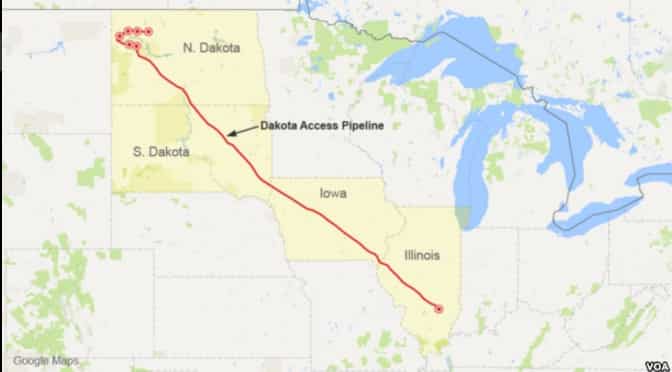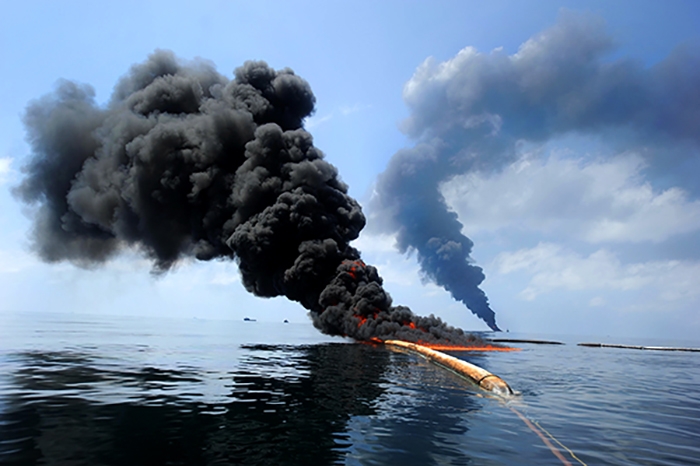
North Dakota Governor Jack Dalrymple has ordered thousands of Native Americans and environmental activists to evacuate federal property near an oil pipeline project they are trying to stop,
Citing hazards caused by a blizzard, Dalrymple order the mandatory “emergency evacuation.” The order, issued Monday, comes after the federal government managers of the property, the U.S. Army Corps of Engineers, set a December 5 deadline for the activists to vacate the campsites they have been occupying for months.
The impact of the governor’s evacuation order is uncertain because the corps has said it has no plans to forcibly remove the demonstrators. The corps has instead called for a “peaceful and orderly transition to a safer location.”
Governor Dalrymple described the corp’s response as “very puzzling.”[xyz-ihs snippet=”adsense-body-ad”]”When you put out a pronouncement that people must leave your land by a certain date, I think you take on a responsibility to somehow bring that about,” Dalrymple said. “Clearly the responsibility of clearing that land now lies primarily with the corps.”
The governor later ordered the evacuation of the camp “to safeguard against harsh winter conditions.”
Meanwhile, a sheriff in North Dakota has dismissed the corp’s December 5 deadline. Morton County Sheriff Kyle Kirchmeier said the order is meaningless and designed only to reduce the federal government’s legal reasonability for the demonstrators.
Most of the protesters are members of the Standing Rock Sioux Tribe. The tribe’s chairman, Dave Archambault, denounced the governor’s order as a “menacing action meant to cause fear.” Archambault also accused the Republican governor of trying to “usurp and circumvent federal authority.”
The governor’s order came one week after police turned water hoses on protesters in sub-freezing temperatures.
The demonstrators are trying to block the construction of the $3.8 billion Dakota Access Pipeline beneath a lake near the Standing Rock Sioux Reservation. The protesters contend the pipeline would threaten water resources and nearby sacred Native American burial sites.
The protesters, who call themselves “water protectors,” are concerned about drinking water on the reservation and downstream on the Missouri River. They believe the land near the convergence of the Missouri and Cannonball rivers is legally owned by the Standing Rock Sioux tribe under a nearly 150 year old treaty.
Construction of the 1,172 mile pipeline is nearly complete except for a small section beneath a reservoir near the encampment.
Source: VOA







